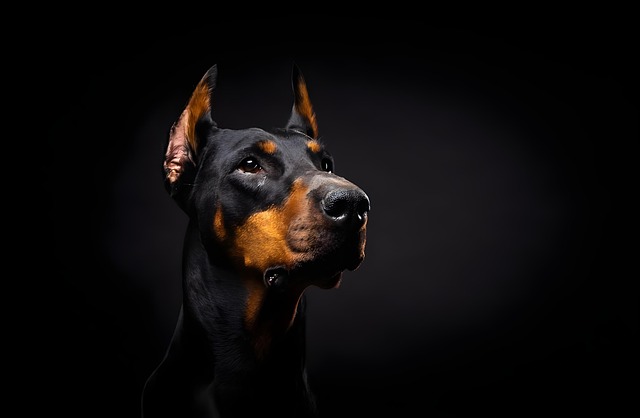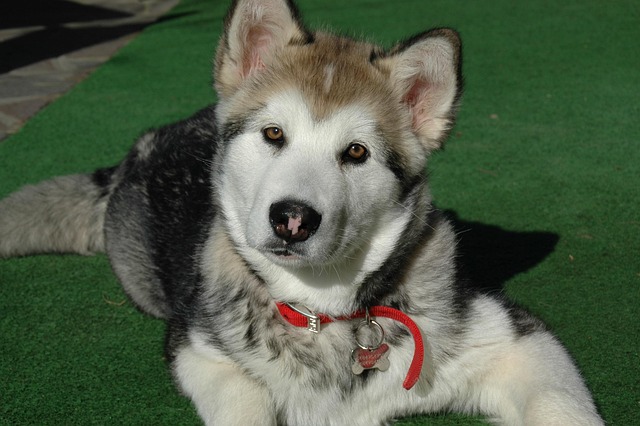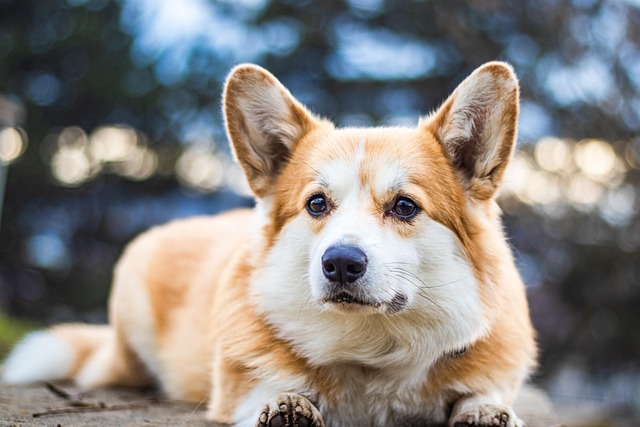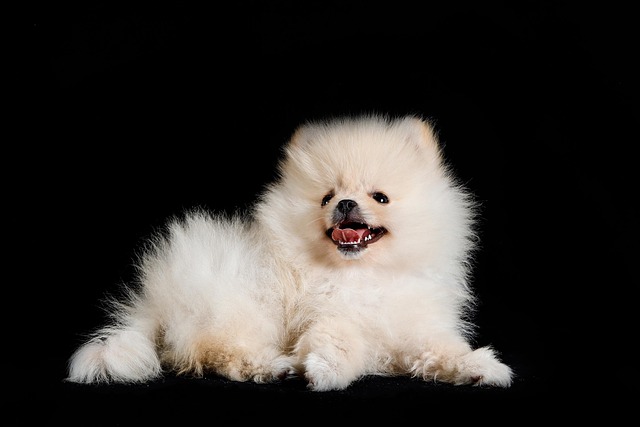
How to test for tetanus in dogs?
Tetanus in dogs often starts with subtle signs most owners miss—like a stiff jaw when grabbing a favorite chew toy or hesitation to climb stairs they once bounded up.
As temperatures rise during summer, many new dog owners in the U.S. find themselves asking: should dogs be shaved in hot weather? It’s a common assumption that a shorter coat equals a cooler pup, but the answer depends on understanding how your dog’s body naturally regulates heat.
Dogs’ coats are more than just fur—they’re a built - in climate control system. Breeds with double coats, like Golden Retrievers or Huskies, have a dense undercoat that traps cool air close to the skin in summer, while the longer outer coat shields them from the sun’s harsh rays. Shaving this protective layer can actually make them more vulnerable to overheating, sunburn, and even skin irritations from grass or bugs. Think of it like removing a hat and sunscreen on a scorching day—your dog’s skin gets exposed to elements it’s not designed to handle.
So, how do you keep your dog comfortable without shaving? Regular brushing is your best tool. A slicker brush or undercoat rake can remove loose fur, letting air circulate through the remaining coat. Always provide fresh, cool water—add ice cubes on extra hot days. If you live in an apartment, keep curtains closed during peak sunlight and use fans; avoid leaving your dog alone in stuffy rooms when temps soar above 85°F (29°C). Early morning or evening walks are safer than midday outings, when asphalt can burn their paw pads.

As a new dog owner in the U.S., it’s key to know local norms and rules. Legally, most states require up - to - date vaccinations like rabies, and failing to clean up after your dog in public can result in fines—always carry poop bags! Culturally, physical punishment is never acceptable; positive reinforcement, like treats for good behavior, builds trust. In communities, keep your dog leashed in public spaces (unless in designated off - leash areas) and avoid excessive barking, especially in apartments where noise travels easily. Respecting neighbors makes dog ownership a joy for everyone.
In most cases, shaving dogs in hot weather does more harm than good. By working with your dog’s natural coat, following local guidelines, and prioritizing their comfort, you’ll both enjoy a safe, happy summer.

Tetanus in dogs often starts with subtle signs most owners miss—like a stiff jaw when grabbing a favorite chew toy or hesitation to climb stairs they once bounded up.

If you’re a new dog parent in the US—maybe you’re standing in your Ohio apartment’s pet store aisle, holding a bag labeled “senior dog food” while your 8-year-old Dachshund

If you’re a new dog parent to a senior pup in the US—maybe you’re standing in your Florida apartment’s pet food aisle

Pet owners often worry about hidden health risks for their dogs, and toxoplasmosis is one that flies under the radar for many—understanding how dogs pick it up is key to keeping them safe.

If you’re a new dog parent in the US—maybe you’re standing in your Chicago apartment, staring at your 7-month-old Poodle mix, Bella

Tetanus in dogs comes from bacteria entering open wounds—think a deep cut from a rusty fence nail during a walk, or a scraped paw from digging in contaminated soil.